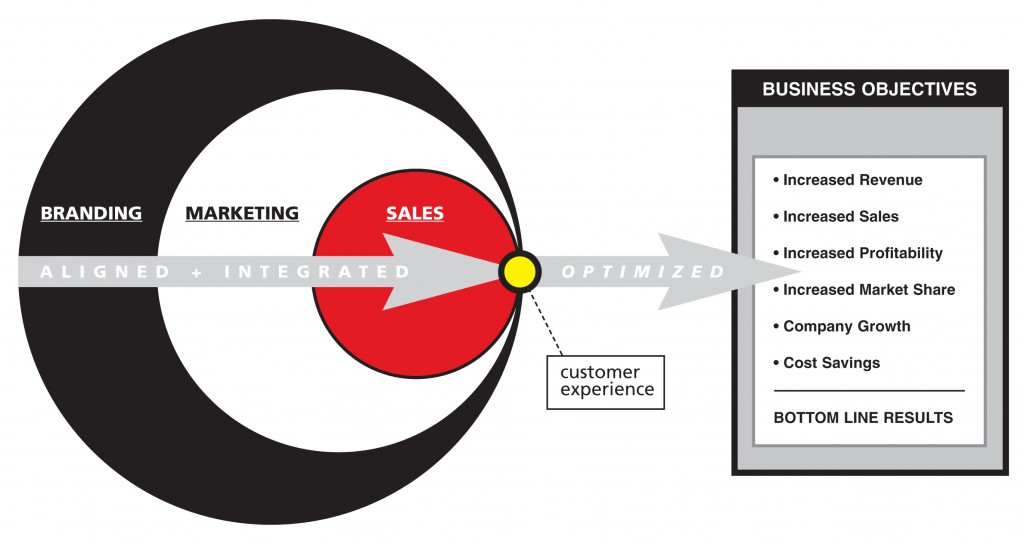I recently engaged in an “interesting” (translation: pseudo mind-numbing) conversation with one of our owners, Chris Martino, about how customers fit into a company’s value chain. Pretty nerdy stuff for a leading edge brand strategy firm, but hey, that’s how we get our kicks around here sometimes. It took us a while to (partially) wade through the B-School jargon and C-Level corporate speak before finally agreeing that customers actually deserve their own value chain, and that companies should create one if they haven’t already in order to help them achieve desired business objectives.
Think of it this way: we are used to creating and evaluating value chains for manufactured goods that result in valuable products for customers. Typically, a manufacturer will take raw goods such as cotton or wool and by adding value (design, pattern, structure, other raw materials) create a product people want to buy– a cool shirt, a great piece of furniture, the next great widget.
Makes perfect sense. But how do you apply this concept to customer-centered business activities (Branding, Marketing and Sales) to establish a Customer Value Chain, link these activities together, and optimize the process to deliver maximum value? We decided the first requirement for this heady discussion was a concrete definition of the Customer Value Chain. Pound your latte and read it a couple of times before you move on to checking your stock portfolio, fantasy team stats, and Linked-In updates:
Customer Value Chain: The total value realized from a customer through their experience with your company’s branding, marketing, and sales activities.
Pretty simple, actually. To create your Customer Value Chain, take the ‘raw materials’ you have already invested in Branding, Marketing, and Sales, and integrate and align them to create a Total Customer Experience that maximizes the value of each customer, leading to the achievement of key business objectives (increased sales, increased profitability, increased market share etc.). Wow. That’s what pounding a latte gets you around here. So much for dispensing with the business jargon and corporate speak. Sorry, we tried, we really did. If pictures are worth a thousand words, this one may be worth triple that:
Think of it as your Customer Value Chain “Russian Doll”: Strategic branding enables effective marketing, which in turn drives sales optimized for maximum performance, enabling the achievement of key business objectives. The crux lies in aligning and integrating these related but too often isolated operations to ensure that all efforts are working together to create a Customer Value Chain that delivers maximum value while achieving key business objectives. The diagram above may be a bit scary (our nod to Halloween for grown-ups), but failing to understand the strategic value of your Customer Value Chain is a much more frightening proposition to your bottom line.

